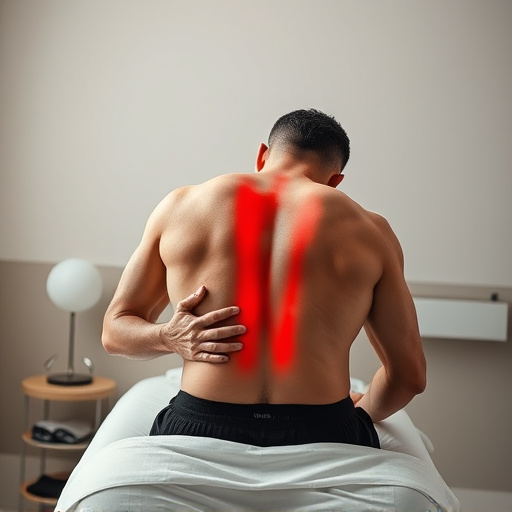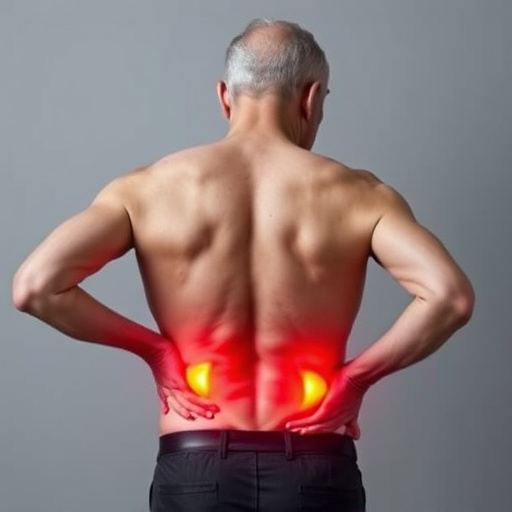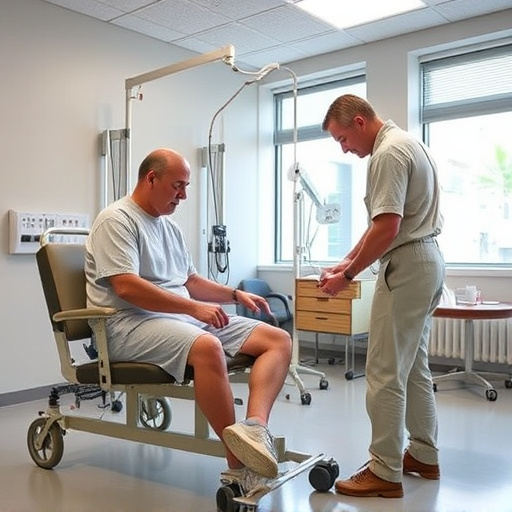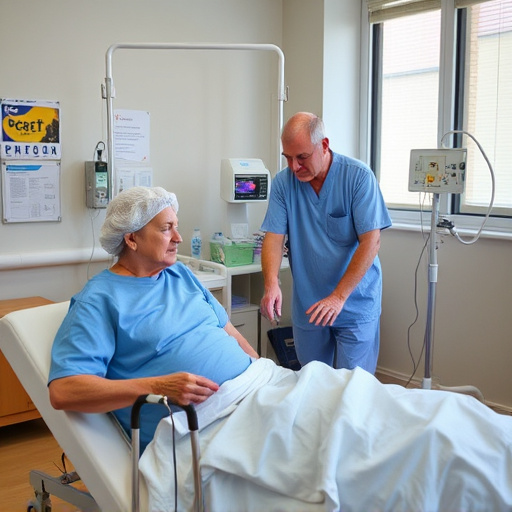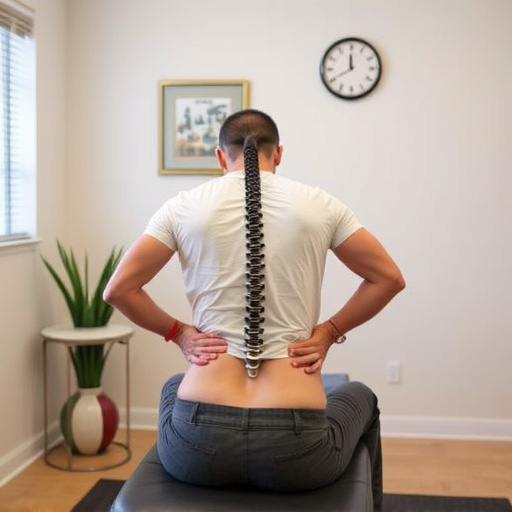Understanding auto injury assessment results is key to effectively navigating recovery. This guides tailored treatment plans for various injuries, empowers patient participation, and streamlines healing. Prioritize rest, activity modification, physical therapy, pain management, and consistent follow-ups with healthcare providers for optimal recovery from auto injuries.
After an initial auto injury assessment, understanding the findings is crucial for a successful recovery. This article guides you through the essential next steps, from comprehending your auto injury assessment results to implementing effective healing strategies. We explore how to interpret the evaluation, what actions to take immediately, and long-term approaches to optimize your physical well-being post-assessment. By following these steps, you’ll be better equipped to navigate the process and return to optimal health.
- Understanding Your Auto Injury Assessment Results
- Next Steps After Receiving Assessment Findings
- Effective Strategies for Healing and Recovery Post-Assessment
Understanding Your Auto Injury Assessment Results
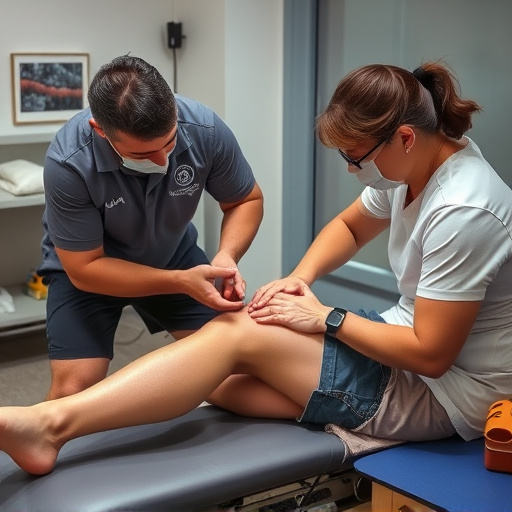
After receiving your auto injury assessment results, it’s crucial to gain a clear understanding of what they mean for your recovery journey. Your assessment provides valuable insights into the extent and nature of your injuries, which is essential in determining the most effective course of action. Each type of auto injury, from whiplash to joint pain, requires specific attention and treatment plans tailored accordingly.
By comprehending these results, you can actively participate in your rehabilitation process. For instance, if the assessment reveals whiplash or joint pain as primary concerns, targeted treatments like physical therapy or specialized exercises could be recommended for mobility improvement and joint pain relief. This proactive understanding equips you to make informed decisions about your health and facilitates a more efficient path towards recovery.
Next Steps After Receiving Assessment Findings

After receiving the results of your auto injury assessment, it’s crucial to understand the next steps in your journey to recovery. The initial evaluation provides a foundation for tailoring an effective treatment plan. If the assessment identifies issues like whiplash or joint pain, these should be addressed promptly to prevent long-term complications.
Your healthcare provider will discuss the findings with you, explain any recommended treatments, and guide you through the process of car accident injury care. This may include a combination of therapies, such as physical therapy for joint pain relief, to help alleviate symptoms and restore mobility. Remember, each auto injury is unique, so staying engaged with your care team and adhering to the prescribed treatment regimen is vital for optimal recovery outcomes.
Effective Strategies for Healing and Recovery Post-Assessment
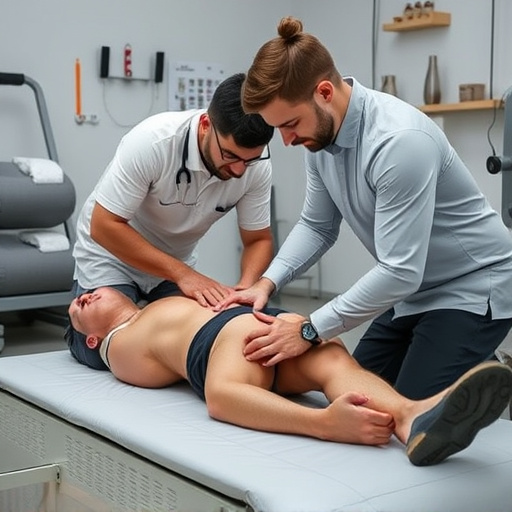
After receiving the results of your auto injury assessment, it’s crucial to implement effective strategies for healing and recovery. One key step is to prioritize rest and activity modification. This means avoiding strenuous activities that could aggravate the injury while ensuring you still engage in light exercises to maintain mobility and flexibility. Physical therapy is another powerful tool; professional therapists can guide you through specific stretches and strengthening exercises tailored to your needs, focusing on areas like the neck and back, common sites of auto injury complaints.
Additionally, managing pain is essential for a smooth recovery process. Besides recommended medications, consider complementary therapies such as heat or ice treatments, massage, or spinal adjustments. These methods can provide much-needed relief from neck pain and other symptoms associated with auto injuries. Remember, consistent follow-up with your healthcare provider will help monitor your progress, adjust treatment plans, and ensure you’re on the right path to full recovery.
After a thorough auto injury assessment, understanding your findings is crucial for effective healing. The next steps involve implementing evidence-based strategies focused on recovery. By prioritizing rest, engaging in recommended physical therapy, and managing pain, you’ll be well on your way to a full recovery. Remember, early action and consistent care are key to overcoming auto injury assessment results.








